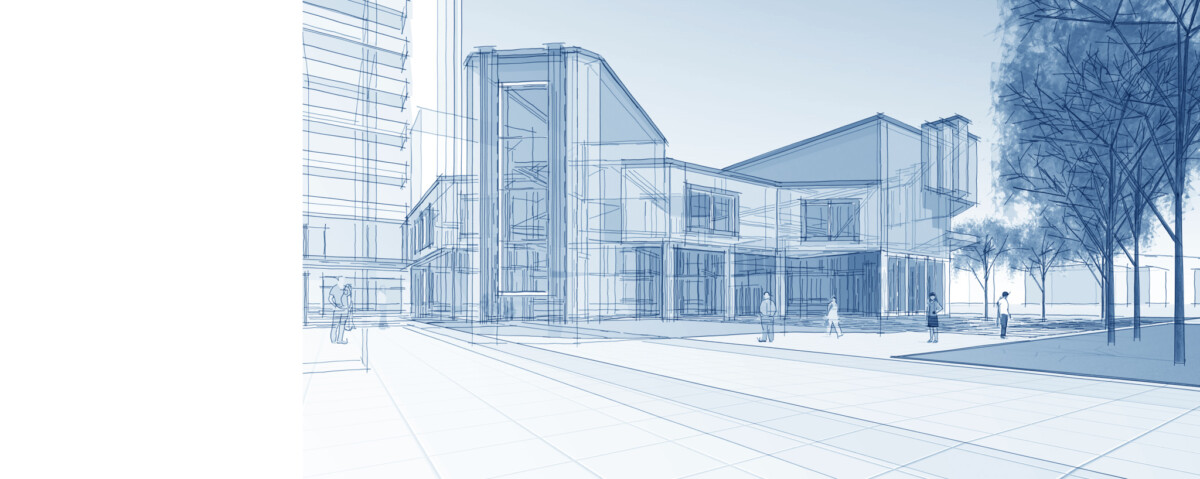When buying or selling real estate, the term “chain of title” often emerges as a critical factor in determining ownership and ensuring a smooth property transfer. For those unfamiliar, the chain of title is a legal term referring to the sequential record of ownership transfers for a specific property. Each “link” in the chain represents a transfer of ownership from the original land grant to the present owner. This article explores the importance of chains of title, how they are established, everyday issues that arise, and their role in real estate transactions.
What is a Chain of Title?
A chain of title is a chronological record of all ownership changes and legal transactions associated with a specific property. It is a comprehensive ownership history documenting every deed, will, or other legal instrument to transfer the property. Local government offices, such as county recorder offices or land registry departments, typically maintain title chains.
For example, if a property was originally purchased by an individual in 1900, sold to another party in 1950, inherited by someone else in 1980, and finally sold to the current owner in 2020, the chain of title will document each of these transactions.
Why is the Chain of Title Important?
The primary purpose of a chain of title is to verify ownership and identify any potential issues that could complicate a sale or transfer. Buyers, sellers, and lenders rely on the chain of title to ensure the following:
- Clear Ownership: Ensuring the current owner has legitimate and undisputed ownership rights to the property.
- Liens or Encumbrances: Identifying mortgages, liens, easements, or other claims that may affect the property’s value or use.
- Fraud Prevention: Detecting irregularities, such as forged documents or illegal transfers, could nullify ownership.
- Marketability: A transparent chain of title ensures the property can be sold or transferred without legal complications.
How is a Chain of Title Established?
- Title Search: A title search is the primary method for establishing a chain of titles. To trace ownership history involves reviewing public records, including deeds, mortgages, wills, court records, and tax liens. Title companies or legal professionals typically perform these searches during the home-buying process.
- Title Abstract: After completing a title search, the findings are compiled into a title abstract, a condensed summary of the property’s legal history. This document outlines the sequence of ownership and any issues that may affect the property.
- Title Insurance: Once the chain of title is verified, title insurance may be issued to protect buyers and lenders against unforeseen claims or defects in the title.
Common Issues in the Chain of Title
Even with meticulous records, chains of title can be plagued by discrepancies or complications. Here are some common issues:
Breaks in the Chain
A break in the chain of title occurs when an unrecorded transfer or missing document occurs. For example, if a previous owner sold the property without properly recording the deed, the chain of title becomes incomplete.
Forgery or Fraud
Forgery or fraudulent transfers, such as forged signatures on deeds, can undermine the legitimacy of the title. If discovered, these issues may require legal action to resolve.
Liens and Encumbrances
Paid taxes, mortgages, or other liens can cloud the title, making it difficult for the current owner to sell or transfer the property. These encumbrances must be resolved before the title can be cleared.
Errors in Public Records
Clerical errors in public records, such as misspelled names or incorrect property descriptions, can cause confusion and delays. These errors must be corrected to ensure an accurate chain of title.
Undisclosed Heirs
In cases where a property owner dies without a will, undisclosed heirs may later emerge, claiming ownership rights. Such claims can disrupt the chain of title and lead to legal disputes.
Resolving Chain of Title Issues
Resolving title issues involves legal intervention and collaboration between title companies, attorneys, and property owners. Common solutions include:
- Quiet Title Action: This legal process resolves disputes or clarifies ownership by petitioning a court to issue a “quiet title” judgment.
- Corrective Deeds: These address errors in previous deeds, such as incorrect names or property descriptions.
- Lien Settlement: Outstanding liens must be paid or negotiated to clear the title.
- Title Insurance Claims: If an issue arises after purchasing title insurance, the insurer may cover the costs of resolving the problem.
Chain of Title in Real Estate Transactions
During a real estate transaction, the chain of title plays a crucial role in ensuring the property is free of defects and suitable for transfer. The typical steps include:
- Contract Signing: Once the buyer and seller agree to the terms, verifying the title begins.
- Title Search and Abstract: The buyer’s attorney or title company conducts a thorough title search and prepares an abstract.
- Issue Resolution: Any problems discovered during the title search must be resolved before closing.
- Title Insurance: The buyer and lender typically purchase title insurance to protect against future claims.
- Closing: Once the chain of title is transparent, the property can be legally transferred to the buyer.
The Role of Title Insurance
Title insurance is an essential component of real estate transactions, offering protection against defects in the chain of title. Unlike other types of insurance, which protect against future risks, title insurance safeguards against past events that could affect ownership.
There are two main types of title insurance:
- Owner’s Policy: Protects the buyer from financial loss due to title defects, such as liens or undisclosed heirs.
- Lender’s Policy: Protects the lender’s financial interest in the property.
Technological Advances in Title Searches
Traditionally, title searches were conducted manually, requiring extensive time and effort to examine public records. However, modern technology has streamlined the process:
- Online Databases: Many public records are digitized, allowing for quicker and more accurate title searches.
- Blockchain Technology: Emerging as a potential game-changer, blockchain offers a secure and immutable way to record property transactions, reducing the risk of fraud and errors.
Conclusion
Understanding the chain of title is essential for anyone involved in real estate transactions, from first-time homebuyers to seasoned investors. It ensures clear ownership, prevents legal disputes, and provides peace of mind to all parties. While issues in the chain of title can be daunting, they are often resolvable with the help of legal professionals, title companies, and insurance. By grasping the significance of this concept, buyers and sellers can confidently navigate the complexities of property ownership.
Whether purchasing your dream home or managing a large-scale real estate portfolio, the chain of title remains the foundation of property rights and the cornerstone of a secure transaction.
Thank you for reading! If you enjoyed this article and want to explore more content on similar topics, check out our other blogs at Sonic Loans, Sonic Realty, and Sonic Title. We have a wealth of information designed to help you navigate the world of real estate and finance. Happy reading!
Are you looking for the right loan? Check out Sonic Loans for tailored mortgage solutions that make home financing simple and efficient.
The Complete Guide to Mortgage Pre-Approval
How to Improve Your Credit Score Before Applying for a Mortgage
FHA vs. Conventional Loans: What’s Best for First-Time Buyers?
Digital Property Management Solutions: The Future of Real Estate Efficiency
Virtual Reality in Property Marketing: The Future of Real Estate
PropTech Trends Shaping Real Estate
AI in Real Estate: Current Applications
Blockchain in Real Estate: Future Applications
Smart Home Features Worth Installing

















